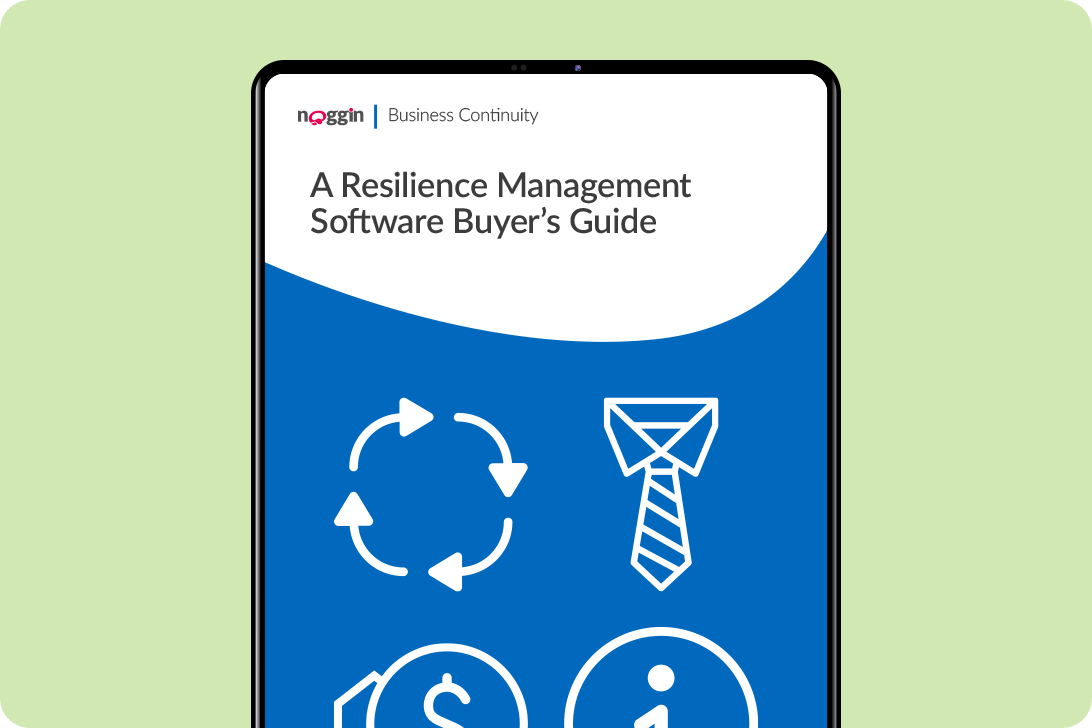Billion-Dollar Disasters: A Future Warning
2023 is a wrap. And with the number of disasters we faced during it, many are saying good riddance.
But before we put the year to bed, let’s look closely at the historic number of billion-dollar disasters. Indeed, this record might prove a harbinger of things to come.
Read on to learn why.
How many billion-dollar disasters struck in 2023?
So, what was the cumulative toll?
According to the National Oceanic and Atmospheric Administration (NOAA), 28 billion-dollar disasters struck in 2023.
The number might not seem large at first glance. It represents a new record, though, easily outpacing the previous record set in 2020 of 22 billion-dollar events.
What’s more, the trendline continued to move in the wrong direction.
The yearly average of billion-dollar disasters from the year 1980 to 2022 was only eight.
Over the last five years, however, the average has shot up into the 20s.
Quantifying billion-dollar disasters
Not only is the sheer number staggering, so too is the variety of disasters.
The billion-dollar disasters ran the gamut from heatwaves to floods to droughts to tornadoes and more. Severe heat, in particular, stood out – with resulting droughts – as the U.S. recorded its fifth hottest year since readings were taken.
The full list of billion-dollar disasters included:
- 17 severe weather/hail events
- 4 flooding events
- 2 tropical cyclones
- 2 tornado outbreaks
- 1 winter storm/cold wave event
- 1 wildfire event (Maui Island of Hawaii)
- 1 drought and heat wave event
All told, the financial toll of these disasters was almost $100 billion.
New year starts off with a global billion-dollar disaster
Nor is the U.S the only country seeing an upswing in severe weather incidents. This new year started with a magnitude 7.6 earthquake in Japan.
One of the most powerful in years, the earthquake has left at least 168 dead, dozens missing, and over a thousand displaced.
Managing disasters in the new year
That disaster struck so soon in the new year is a poignant reminder of the severe weather threat, which is likely to remain one of the top risks in 2024.
If more of the same is what we should expect, the question then turns to how to prepare?
One step is to make a critical event management plan to act proactively in the case of a severe weather event or any other disaster. Here, firms and agencies should look to companies who’ve done things right as models of resilience best practice.
One such company is Toyota. In the aftermath of the 2011 Fukushima disaster that crippled its production and supply chains, the automaker updated its contingency plan, requiring suppliers to stock anywhere between two and six months’ worth of chips.
This left the automaker better prepared for the post-pandemic supply crisis than its competitors.
Pursuing such a proactive resilience strategy in critical event management is possible for all organizations.
How to go about? Get more serious about foreseeable, complex disruptions, especially those likely to last for long durations, such as severe weather.
It’s also advisable to implement common-sense measures to provide effective critical event management; these measures include:
- Tackle complex scenarios as standalone threats, by developing dedicated scenario plans for each.
- Treat the resulting plans as living documents; test those plans regularly (at least every two years or after a major organizational change) to ensure they will be effective in a disruption and that staff knows how to use them.
- Ensure all business continuity plans adhere to international best-practice, to be focused, concise, specific, and easy to use.
- Ensure plans highlight organization-wide priorities and strategies and adjust as those priorities and strategies shift.
- Ensure plans include clear activation criteria, so practitioners don’t lose critical time when disruption happens.
- Ensure plans always reflect the current operating environment.
- Ensure plans cover prioritized services and address the need for additional or surge resources where relevant
For more on the critical event management strategies needed to prepare for a new year in disaster, check out our Introductory Guide to Critical Event Management.




